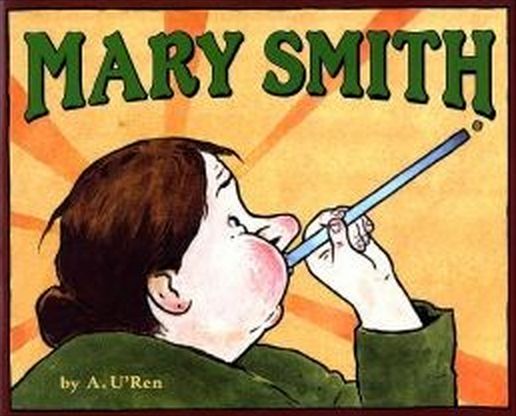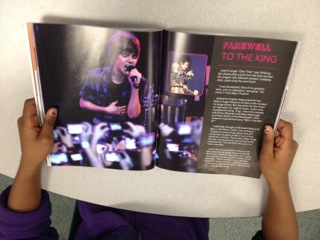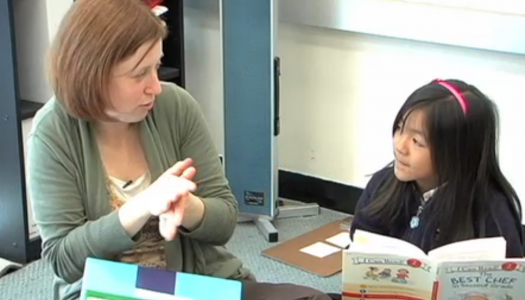Look for Word Parts and Use Word Parts to Determine the Meaning of a Word
Join Our Community
Access this resource now. Get up to three resources every month for free.
Choose from thousands of articles, lessons, guides, videos, and printables.

Being able to decode multisyllabic words is an accuracy goal and a vocabulary goal for most of the fourth, fifth, and sixth-grade readers I work with each afternoon.
Here is what teaching these strategies looked like for us on Wednesday of this week.
Focus lesson one:
I shared that the purpose of the day was to help them read more accurately and expand their vocabulary by learning two strategies that would help them decode longer words. The first strategy was to break the word into word parts. I modeled with something (some-thing), giveaway (give-away), and transform (trans-form). We then talked about the meaning of these words seperately and how that would support them knowing what they mean when put together. I followed up immediately with the next strategy, which was to break the word into smaller parts, then put the parts together. I modeled with suddenly (sud-den-ly) and impossible (im-poss-i-ble).
Then I handed each student a word on a sentence strip. (The words were outskirts, peashooter, respond, behind, conductors, fishmonger, townspeople, everyone, tomorrow, exactly, impossible, especially, factories, solution, and whatever. They came from the book Mary Smith by A. U'Ren, which I was going to share during the focus lesson at the next round.)
I said, "If you know the word, pretend you have to coach a friend who doesn't know it. Which strategy will help them be successful: breaking it in two or breaking it into smaller parts and then putting those parts back together? If you don't know the word, try the two strategies and see which one works for you."
Students shared with the group their word and which strategy helped them or would help someone they were coaching. They were encouraged to use the strategies when they went off to their first round of Daily 5.
During the first round, I plopped next to Daviana, who was comfortably spread out on the floor with Bieber Fever: New Music, New Movie, New Attitude, by Katy Sprinkel. Her self-selected book provided a perfect opportunity to practice the new strategies. Here are words from one page that she was able to decode by breaking them into smaller parts:
- devastated
- inspiration
- imitable
- inspirational
- definitely
- motivational

Wow.
Focus lesson two:
This particular group of students hasn't been read to nearly enough, so I try to read them a picture book each time I am with them. They always ask to read it after I do, which helps with their stamina, accuracy, fluency, and comprehension.
If you are not familiar with Mary Smith by A. U'Ren, it is a great historical fiction story about the days before alarm clocks. A knocker-up would earn a few pennies a week by coming around to wake you at the requested time. While most of them used a pole and tapped or scratched at the bedroom window until the client awoke, Mary Smith shot dried peas from a peashooter. The book begins with an actual photograph of Mary, taken in 1927, which hooks kids right away.
Throughout the reading, I paused at one of the big words to try our strategies out. During round two, students were encouraged to sticky note or journal words they decoded so they could share them at the end of the round.





